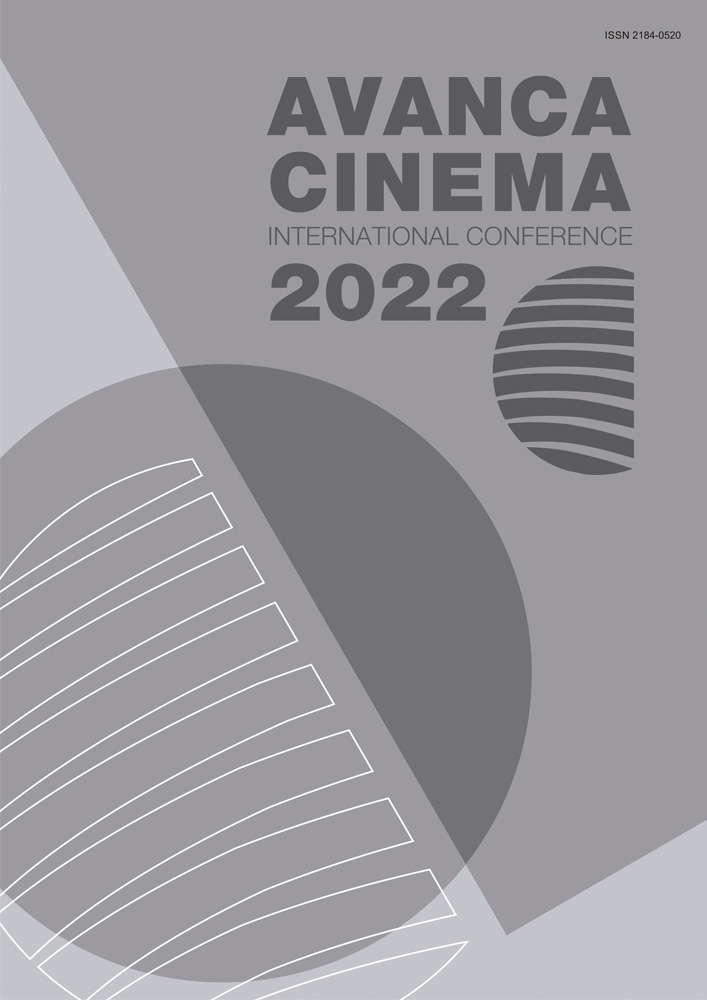Capítulo II _ Cine - Cine
El montaje cinematográfico y la estructura narrativa fortalezas para la progresión del relato
Resumen
The film montage has been and continues to be one of the pillars on which the audiovisual story, like the theoretical foundations have allowed the development and deepening of a cinematographic language grammar. Although, the classic storytelling inaugurated by D.W. Griffith emphasized the invisible nature of montage; Soviet filmmakers, in particular S. Eisenstein pointed to the possibilities that film montage could offer as a communication tool through the association of images and concepts. Nowadays, both design strategies for stories are still valid and are present in all the various forms and formats of audiovisual storytelling. This paper, intend to address the particular case of the feature film Professor Marston and the Wonder Women (Angela Robinson, 2017) whose narrative proposal offers a daring combination of resources. This combination causes the structure and assembly to become fully visible, extremely evident. At the same time, the narrative is strengthened, allowing the storytelling to progress, resorting to film montage strategies to make the audiovisual more effective and attractive to viewers. Therefore, understanding the resources of editing in the chosen feature film and the different effects of meaning, that it manages to achieve are, as a whole, the main objective of this paper.

Esta obra está bajo una licencia internacional Creative Commons Atribución 4.0.

